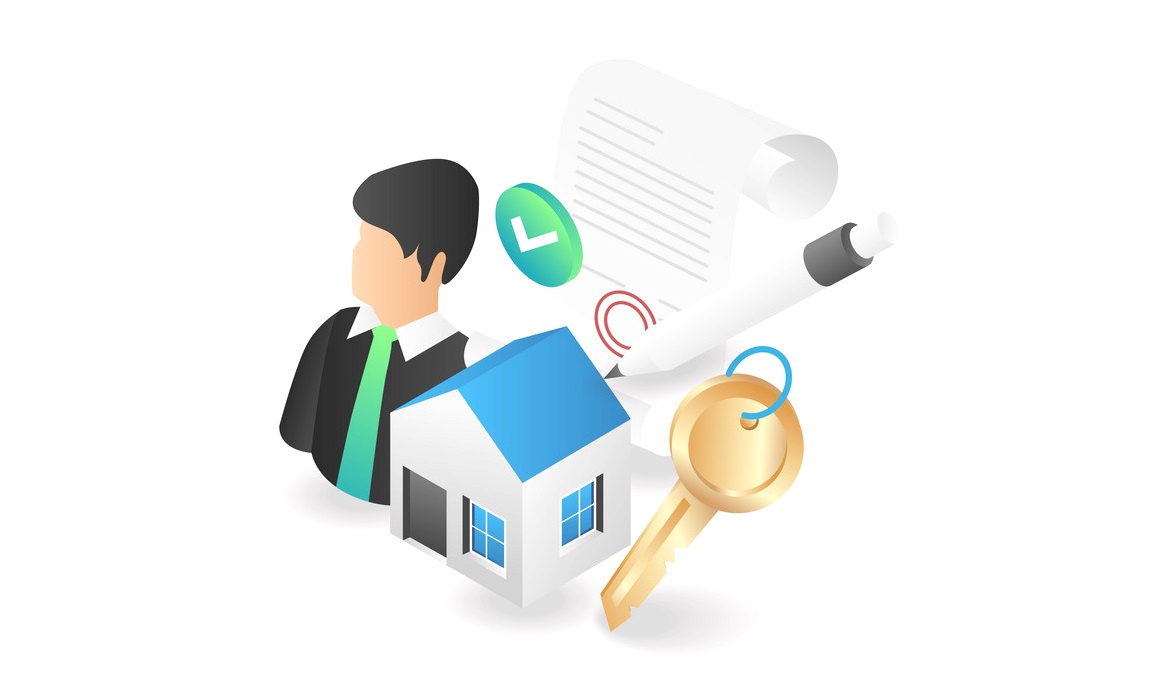People frequently need substantial financial help to meet different life objectives and economic prerequisites in the present speedy world. One solid and adaptable choice accessible to homeowners is a Loan against property (LAP). A Loan against property permits property owners to leverage their real estate resources to secure a loan, empowering them to get substantial funds at competitive interest rates. This blog will investigate the idea of a Loan against property and dive into the fundamental documents expected to benefit this financial arrangement.
Understanding Loan against property
A “Loan against property“ frequently called a mortgage loan, is a secured loan where a borrower vows their private or business property as a guarantee in return for a loan from a financial establishment. This loan can be utilized for many purposes, like business expansion, education, medical emergencies, debt consolidation, or other economic prerequisites. Since it is a secured loan, lenders ordinarily offer higher loan sums and lower interest rates than unsecured loans like personal loans.
Critical Benefits of Loan against property
1. Liquidity at Your Fingertips – One of the essential benefits of choosing a Loan against property is the quick admittance to substantial funds. By swearing your property as a guarantee, you can get a sizable loan sum, which can be utilized for many purposes. Whether financing your kid’s education, expanding your business, or covering medical expenses, LAP offers the liquidity you want.
2. Competitive Interest Rates – Loan against property frequently accompanies lower interest rates than unsecured loans like personal or credit cards. Since the lender has the security of your property, they are more disposed to offer favorable interest rates, bringing about lower month-to-month EMIs and, generally speaking, repayment costs.
3. Longer Repayment Tenure – Another notable advantage of LAP is its drawn-out repayment tenure. Usually, borrowers can pick a tenure that suits what is going on from 10 to 20 years. This adaptability in tenure permits borrowers to deal with their monthly income proficiently.
4. Versatile Usage – Loan against property is a versatile financial item. Borrowers have the opportunity to utilize the funds according to their necessities. Whether renovating your home, uniting high-interest debts, or investing in another property, LAP can oblige many financial objectives.
5. No Restrictions on Property Usage – One usual confusion is that you cannot utilize your property once you sell it. Be that as it may, with a Loan against property, you can keep using your property while repaying it.
Documents Required for Loan against property
To apply for a Loan against property, borrowers must submit essential documents to the lending institution. These documents are crucial for the lender to assess the borrower’s eligibility and the value of the pledged property. Here is a list for “Loan against property Documents Required“:
For Salaried –
• KYC Documents – Voter ID/ PAN Card/Aadhar Card(any one).
• Proof of Residence – Utility Bill(not more than 3 months old) / Passport/ Aadhar Card (any one).
• 3 years ITR or Form – 16 (2 to 3years)
• Copy of Appointment Letters
• Salary Slips for the last 3 to 6 months.
• 2 Passport Size Photographs.
• Property Papers (Residential/ Commercial/ Industrial/Plots).
Self Employed –
• KYC Documents – Voter ID/ PAN Card/Aadhar Card(any one).
• Proof of Residence – Utility Bill(not more than 3 months old) / Passport/ Aadhar Card/Rent Agreement(if the customer is rented).
• 3 years ITR with computation
• Proof of continuity of business.
• Latest 6 Months Bank Statement.
• Office Address Proof.
• Proof of Residence or office ownership.
• Property Papers (Residential/ Commercial/ Industrial/Plots).

